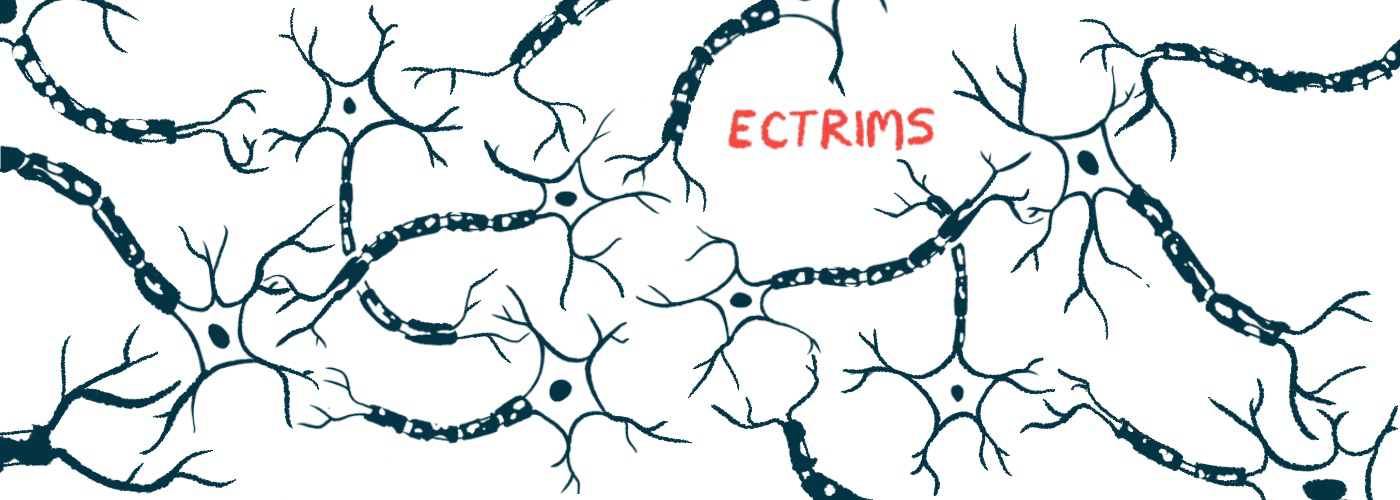ECTRIMS 2025: Aerobic exercise may promote myelin repair in MS
Pilot study followed 32 participants for about six months
Written by |

Aerobic exercise may help promote myelin repair in some parts of the brain in people with multiple sclerosis (MS), according to a small study.
Though the study included a small number of participants and followed them for a short period of time, the findings suggest that “supporting metabolic health through diet, exercise, [and other lifestyle changes] can rejuvenate remyelination potential and should be considered in future trials,” said Lindsey Wooliscroft, MD, a professor at Oregon Health & Science University in the U.S.
Wooliscroft’s talk, “Does aerobic exercise promote remyelination? Pilot data from a single-blind, parallel-group randomized controlled clinical trial,” was presented at the 41st Congress of the European Committee for Treatment and Research in Multiple Sclerosis (ECTRIMS), held last week in Barcelona, Spain, and online.
Aerobic exercise can improve mobility in MS patients, data show
In MS, brain and spinal cord inflammation damages the myelin sheath, a fatty covering around nerve fibers that helps them send electrical signals more efficiently. The loss of myelin leads to disruptions in nerve cell communication and neurological damage that ultimately drives symptoms of MS.
There is abundant data showing that aerobic exercise can help improve mobility in people with MS while easing depression and fatigue. While the biological mechanisms underlying the benefits of exercise in MS aren’t fully understood, some studies in animal models have indicated that aerobic exercise may help promote myelin repair.
To explore whether aerobic exercise can indeed affect myelin repair in people with MS, Wooliscroft and colleagues conducted a pilot Phase 1/2 study (NCT04539002) involving 32 participants, most of whom were women and had relapsing forms of MS. The work was funded in part by the National Institutes of Health and the Myelin Repair Foundation.
In the study, 16 patients participated in an aerobic exercise program consisting of 30 minutes of moderate to vigorous exercise three times per week for about six months. Another group of 16 participants, serving as controls, underwent an educational program providing tips for managing MS symptoms for the same six-month period.
Patients in both groups attended more than 80% of all scheduled sessions.
“We were really proud of how dedicated all of our participants were to doing this for six months,” Wooliscroft said.
Exercise program tended to increase myelin content
Before and after the six-month intervention, MRI scans were used to assess myelin content in a subset of the participants. All patients also underwent assessments of VO2 max, which is a measure of aerobic fitness that basically looks at how much oxygen the body is able to take in.
Results showed that patients who participated in the aerobic exercise program experienced a notable improvement in VO2 max relative to the controls, which was expected given that regular exercise can help improve aerobic fitness.
MRI data from 23 patients also showed the exercise program tended to increase myelin content compared with the control group. In the thalamus, which is a brain region that’s important for coordinating movement and interpreting sensations, this difference was statistically significant. Other brain regions showed nonsignificant trends in the same direction.
Improvements in aerobic fitness over a 24-week period appear to be associated with thalamic remyelination in people with MS.
Wooliscroft noted the study was limited to a small number of patients, and further work will be needed to validate the results. Nonetheless, based on their data, the researchers calculated that the likelihood of aerobic exercise actually increasing myelin content was 96% in the thalamus and 90% in the corpus callosum, another brain region that allows the brain’s right and left hemispheres to communicate.
Among patients in the exercise group, statistical analyses showed a statistically significant correlation between changes in VO2 max and changes in thalamic myelin content. In other words, patients who experienced a more dramatic improvement in aerobic fitness also tended to have more myelin in the thalamus.
“Improvements in aerobic fitness over a 24-week period appear to be associated with thalamic remyelination in people with MS,” the researchers concluded in their abstract.
Wooliscroft said additional analyses from the trial that are looking at factors such as clinical data and blood biomarkers are ongoing.
Note: The Multiple Sclerosis News Today team is providing live coverage of the 41st Congress of the European Committee for Treatment and Research in Multiple Sclerosis (ECTRIMS) Sept. 24-26. Go here to see the latest stories from the conference.






